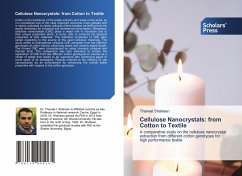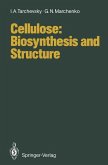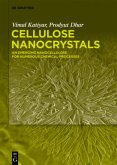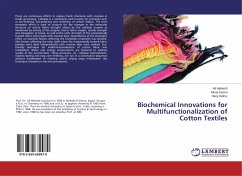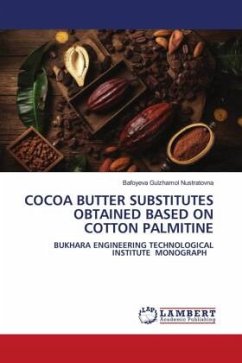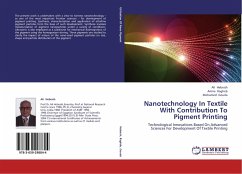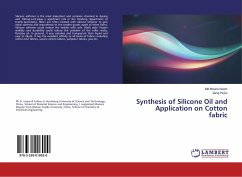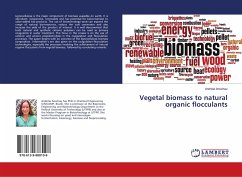Cotton is the backbone of the textile industry and trade in the world, so it is considered one of the most important economic crops globally and is mainly cultivated to obtain cellulosic fibers besides benefiting from the seeds necessary for industrial and commercial consumption. Nowadays, cellulose nanocrystals (CNC) plays a major role in industries due to their unique properties which, in turns, able to enhance the physical properties of bulk materials. The interstice properties of CNC were varied regarding to the source of the used cellulosic materials. The study aimed to characterize cellulose CNC extracted from two different genotypes of cotton slivers; extra-long staple and medium staple length. The formed CNC were characterized by using chemical, physical and thermal tools. The comparison was also extended to involve the application of CNC from two different cotton genotypes to viscose as a model of textile that needs to be supported with reinforcing agent to avoid some ofits drawbacks. Results referred to the efficacy of use nanocellulose as an enforcement for enhancing the overall textile properties with respect to the cotton genotype.
Bitte wählen Sie Ihr Anliegen aus.
Rechnungen
Retourenschein anfordern
Bestellstatus
Storno

